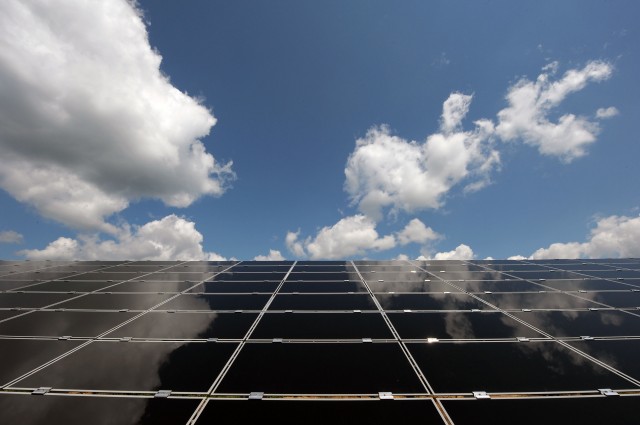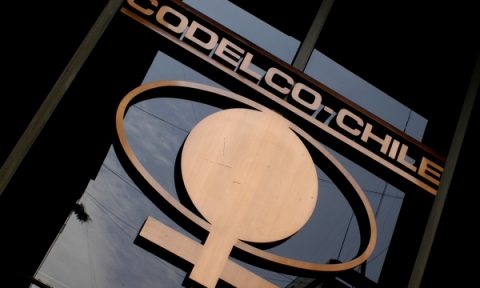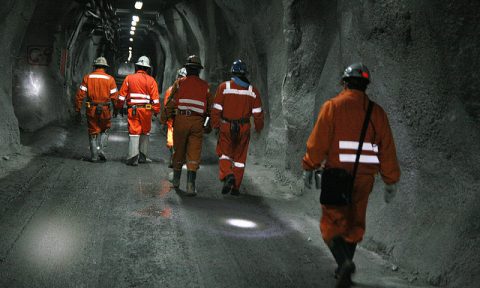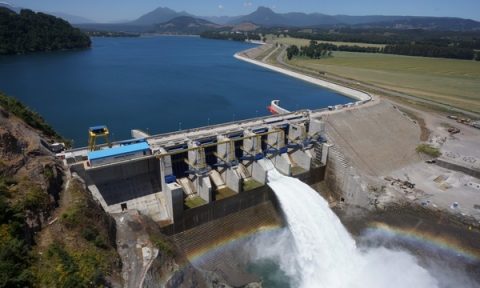Power Tenders: Report warns difficulty of establishing time blocks

An study performed by Sebastian Bernstein, Alejandro Jadresic, Gbriel Bitran and Marcelo Tokman raises the option to add time blocks, as now incorporated in the latest power tender, could generate price increases.
Incorporating time blocks in the next supply tender for power distributors recently launched, which aims to promote non-conventional renewable energy has generated buzz among large generators, which do not take kindly to the proposal as discriminatory.
This experts opinion that also suggest that the incorporation of this element is not a good idea as it raises total system costs, is added to this.
So the document published in 2013, Agenda was raised to Promote Investment in Electricity Generation Base on SIC signed by Sebastián Bernstein, Gabriel Bitran, Alejandro Jadresic and Marcelo Tokman (now ENAP’s CEO), which was prepared by request of the Production and Trade Confederation (CPC) in the middle of the election discussion in which the energy issue was one of the main topics.
According to the report, it would be a mistake to establish a mechanism that favors a specific technology over another, “as this tends to increase the cost of supply, damaging the final consumer; also tends to discourage or hinder the development of certain types of energy, including the base”.
On the SIC 2013-03 process basis, made official last week and were developed by the distributors and endorsed by CNE, the possibility to apply for blocks designed to promote solar and wind power at certain times of the day joined, which generated the hassle of large generators.
The analysis states that if a combined cycle plant can supply only for 67% of the time-for privileging the NCRE office units in times of more wind or sun-“Then it cannot offer the same prices that generates 100% of the time, then it will need to protect their investment yielding 33% less”.-
It is added that if the effect of lower expected sale prices were linear over, then have to increase them by 50% to maintain the viability of it project. “So then, it would supply 100 USD / MWh during the hours generated by the NCRE Solar PV and 180 USD / MWh in the remaining hours produced by the combined natural gas (CC-GN) cycle. The weighted average price of that scenario would be 153 USD / MWh, well above that which would occur in the setting in which the CC-GN supplies distributor contract 100% of the time. “
A similar alternative that the panel looks feasible is sub divided into smaller blocks and the total block summable, “In order to allow the participation of plants and smaller operators, including NCRE as mini?Hydro, solar, wind or biomass. There should be sufficient time for stakeholders to negotiate their contracts for long-term gas or other fuels, or process permits pending before submitting their bids in this tender, ” it is been said.
Finally it is argued that if a technology is favored over another, one that must be subtracted to sell in the hours when the other produces will be forced to sell their production to the market spot at a price hard to predict. “Then there will be a plant with guaranteed rates in all the hours it generates and another that generates is guaranteed in some and not in others, “says the document, adding that there is no doubt that this second plant, faced with this uncertainty, will penalize the prices offered by what is their average cost of production.
“Open the possibility of offering specific times block carries high risks and complexities for both generators and consumers. Not for nothing, this is not a scheme that one often observed in other countries. It is usual that when special schedules blocks (eg peak and off-peak) are built these are horizontal, ie, covering 24 hours a day, “the study concludes.
Source: Pulso













